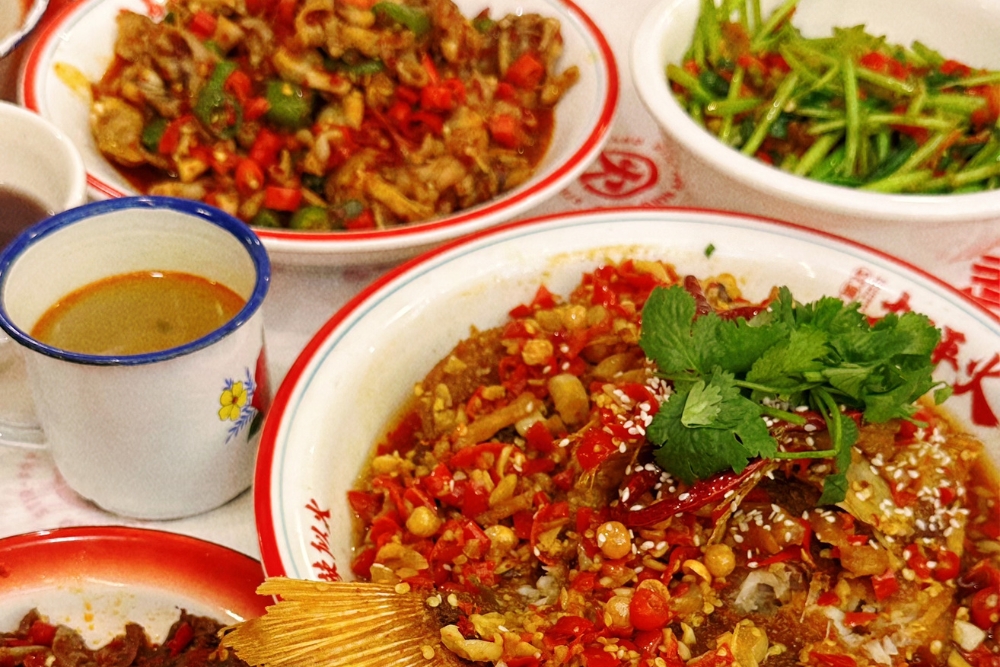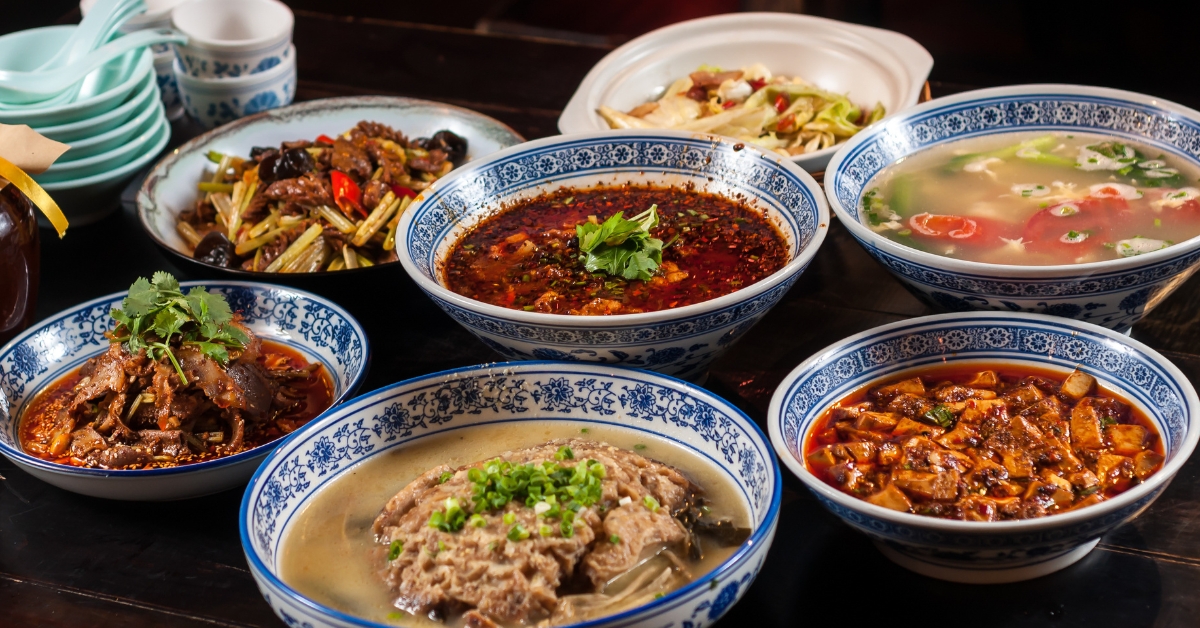
Here’s something you probably don’t know – there is much more to Chinese food than Sichuan mala, Cantonese roasts, and Hokkien noodles.
Chinese cuisine, with its millennia-old traditions and over 30 regional variations, is one of the most intricate and celebrated culinary heritages in the world.
There are eight major regional cuisines, also known as the eight great cuisines of China – each boasting unique recipes, cooking methods, and flavour profiles.
These regional differences reflect the diverse climates, local ingredients, and cultural practices that have shaped Chinese food over centuries.
Read on for more about the flavours that define each of these storied cuisines.
Advertisement
Chinese Food: Regional Cuisines and Their Unique Flavour
1. Sichuan (Chuan) cuisine
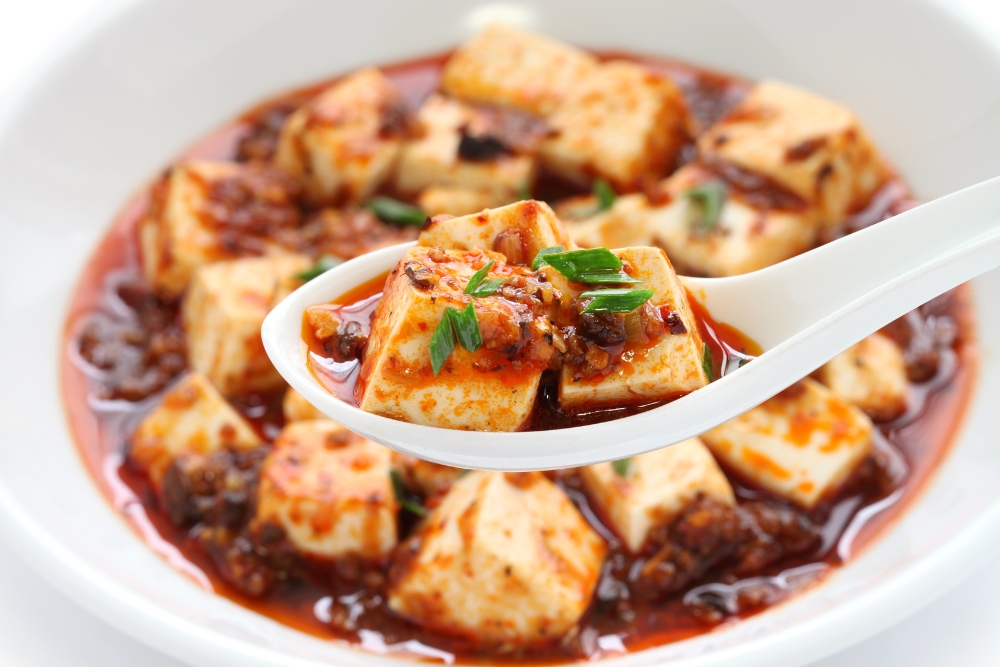
Sichuan cuisine, renowned for its bold and spicy taste, is the most popular in China among the eight major regional cuisines and has made a notable impact on Singapore’s culinary scene.
Sichuan restaurants cater to adventurous eaters who seek the numbing sensation of Sichuan peppercorns (the “ma” part of “mala”) and the fiery heat of chilli peppers (the “la” part).
Signature dishes include mapo tofu, Sichuan sliced beef in chilli sauce (“fu qi fei pian”/夫妻肺片), and kung pao chicken. The recipes always include heavy use of oil, salt, and spices.
However, it is worth noting that not all Sichuan dishes are spicy and numbing. “Steamed Chinese cabbage in supreme soup” (“kai shui bai cai”/开水白菜), for instance, is a famous non-spicy Chuan dish for banquets.
Feeling your stomach grumbling? Grab a seat at popular Sichuan restaurants like Bolan Sichuan Restaurant, Sichuan Tianfu Restaurant, and TAI ER.
2. Shandong (Lu) cuisine
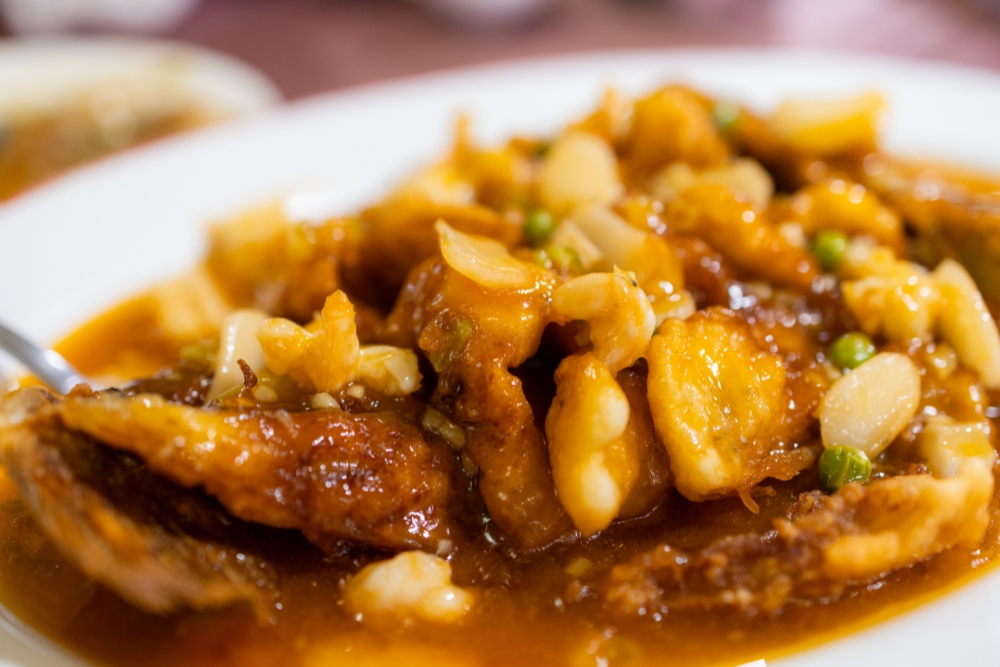
The representative cuisine of Northern China, Shandong food is characterised by big portions and the use of fresh and high-quality ingredients (notably seafood and a variety of grains) with techniques like braising and quick-frying that highlight the natural flavours of ingredients.
Spring onions play an important part in Shandong cooking – before any of the cooking techniques is applied, spring onions (either sliced or shredded) need to be sauteed in the heated wok.
In the concept of this cuisine, soup is the source of all freshness. Many famous Shandong dishes, such as cuttlefish roe soup, emphasise the making of the soup base.
Signature Lu dishes include sweet and sour carp, braised sea cucumber with spring onions, and Dezhou braised chicken (Dezhou is a city in Shandong province).
Check out Lu cuisine at Hand in Hand Shandong Restaurant and Shandong Restaurant Geylang.
3. Cantonese (Yue/Guangdong) Cuisine
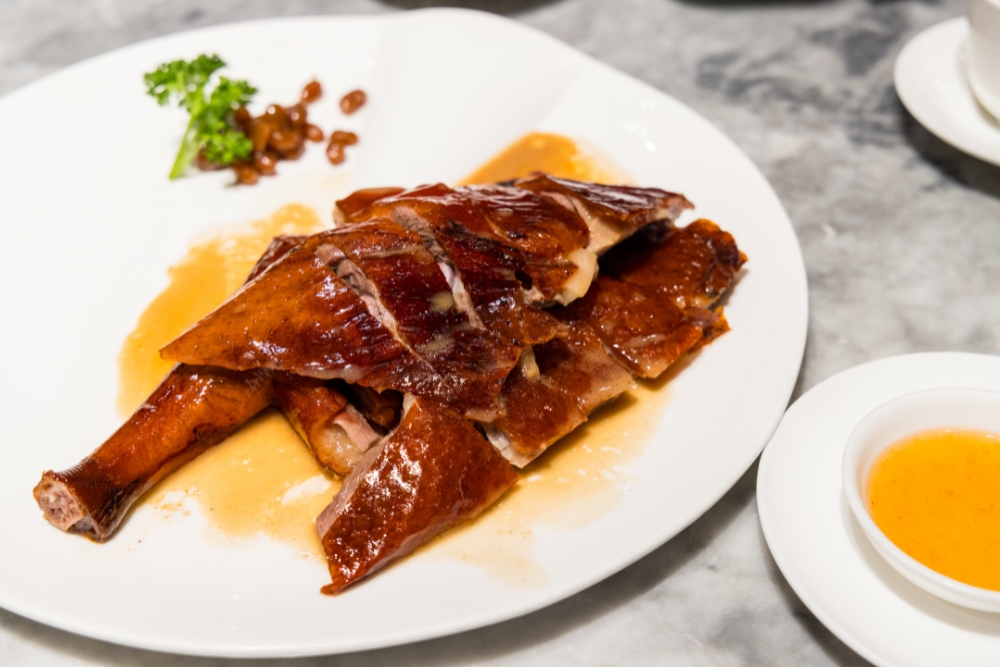
In Singapore, the dominance of Cantonese food, more formally known as Yue cuisine in China, in the local food scene sometimes overshadows the diversity of other Chinese regional cuisines, leading many Singaporeans to equate Chinese food primarily with Cantonese offerings.
The cooking of this cuisine focuses on stir-frying, steaming, and roasting. Different from Sichuan cuisine, Cantonese food has a light taste. It also highlights the ingredients’ original tastes and emphasises soup-making, which is similar to Shandong cuisine.
The most distinctive feature of Cantonese cooking is the wide variety of ingredients it uses. Meanwhile, it also incorporates western cooking techniques and innovates through imitation.
Signature dishes include Cantonese poached chicken (“bai qie ji”/白切鸡), Cantonese roasted goose, barbecued pork (char siu), and shrimp dumplings.
It is not hard to find Cantonese restaurants in Singapore. Some examples are Imperial Grand Cantonese Cuisine and Kai Garden.
4. Hunan (Xiang) Cuisine
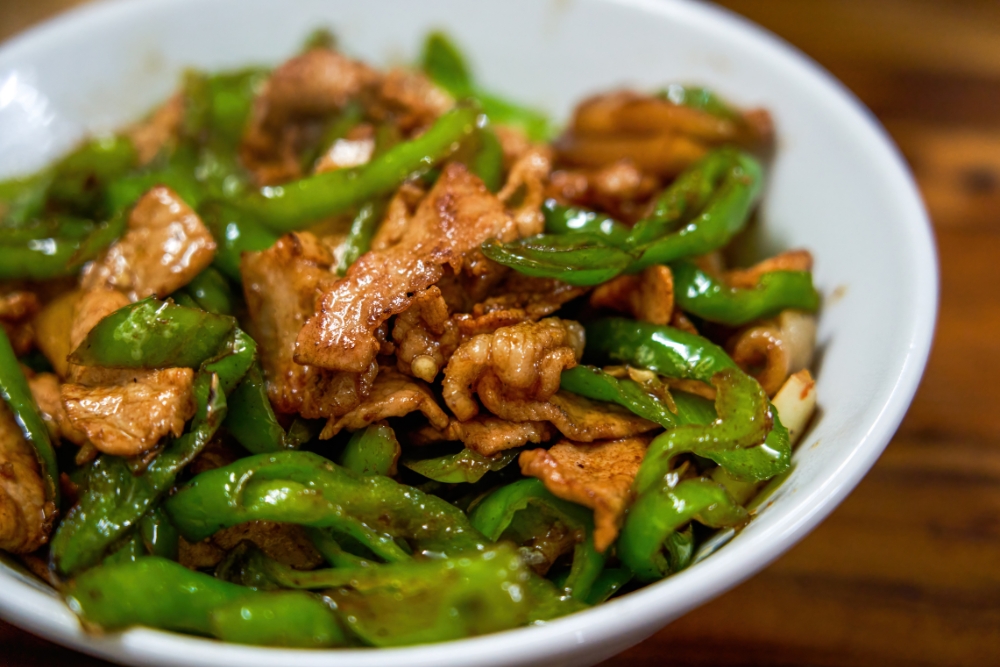
Just like Sichuan food, Hunan food is heavy on oil, salt, and spices. However, while Sichuan cuisine features a tantalising combination of the numbing sensation of Sichuan peppercorns and the fiery heat of chilli peppers, Hunan cuisine uses only chilli peppers to create a “dry-spicy” or “purely spicy” taste.
Meanwhile, it also emphasises the sour taste – dishes like hot-and-sour diced chicken render the integration of sour and spicy well.
The Hunan cooking focuses on stir-frying and stewing. In fact, it is believed that Hunan has the best stir-fried dishes.
As compared to refined Shandong cuisines, Hunan cuisine, along with Sichuan cuisine, is perceived as more down-to-earth and homely. Signature Xiang dishes include steamed fish head with chopped chilli, stir-fried pork with chilli, and Hunan rice noodles.
5. Jiangsu (Su) Cuisine
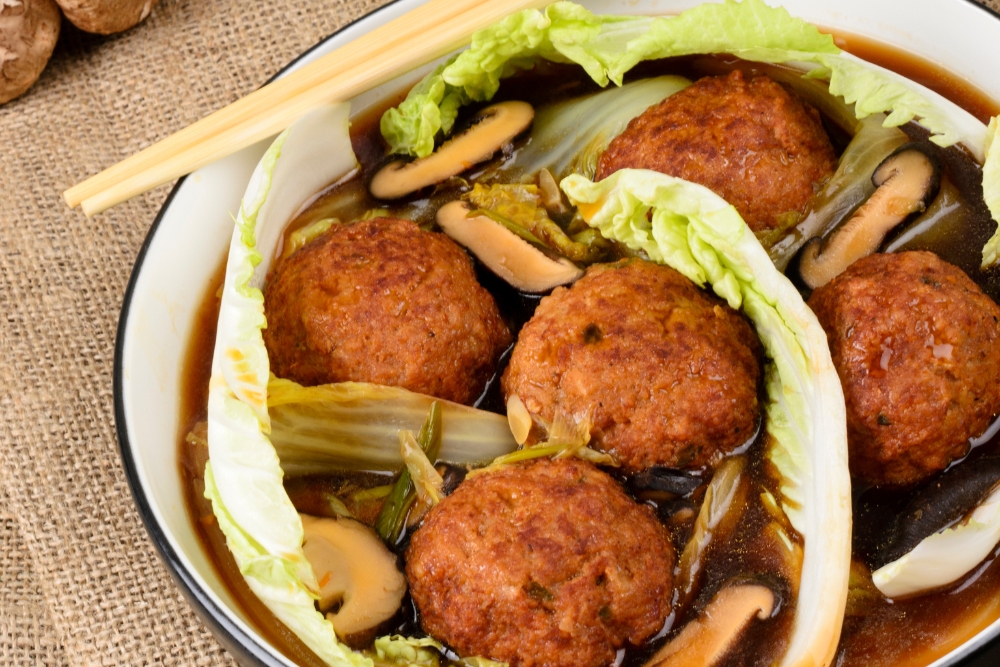
Still the main component of China’s state banquets, Jiangsu cuisine is known for its refined techniques and presentation, the subtly sweet flavours, and its focus on highlighting the original tastes of the ingredients (like Shandong and Cantonese cuisines).
The cooking of Jiangsu food focuses on simmering, stewing, and braising; the main ingredient is usually seafood or poultry, notably fish, chicken, and duck.
In contrast to Sichuan cuisine, the taste of Jiangsu is very light. Meanwhile, Jiangsu cuisine (and Zhejiang cuisine, below) distinctively emphasises presentation, which requires exceptional cooking as well as plating skills.
Signature Jiangsu dishes include sweet and sour squirrel fish, “Lion’s Head meatballs” (giant pork meatballs), and Nanjing salted duck. Find out more about this delicate cuisine at 江苏饭店 Jiangsu Restaurant or JiangSu Jiu Jia 江苏酒家.
6. Zhejiang (Zhe) Cuisine
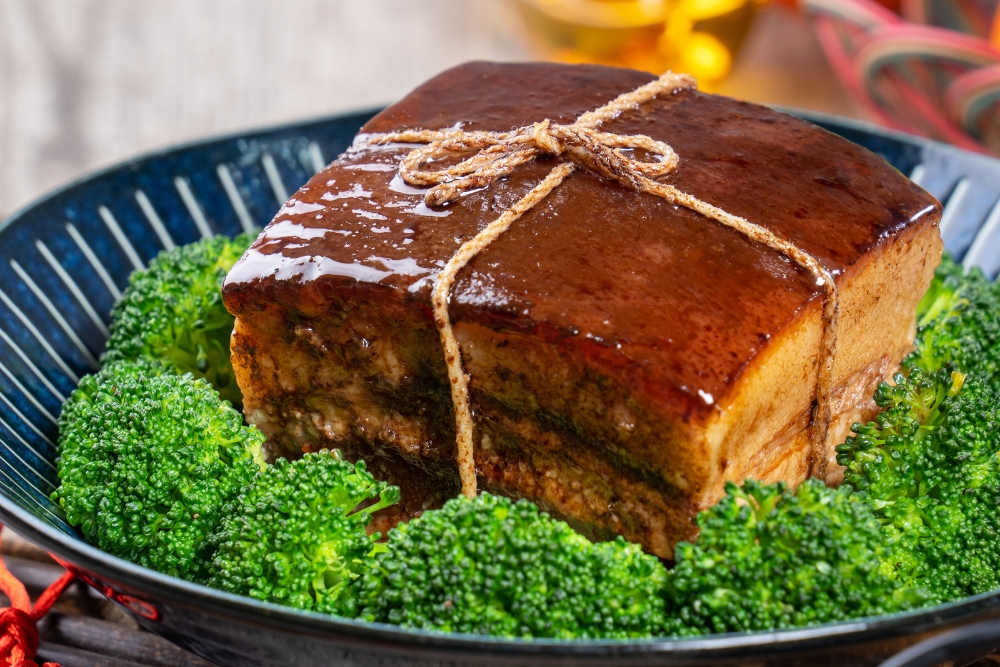
Zhejiang cuisine is so similar to Jiangsu cuisine that they are often mentioned together as “Jiangzhe cuisine”. It shares Jiangsu cuisine’s light taste, delicate portion, focus on simmering and braising, as well as the use of seafood as the main ingredient.
Zhejiang cuisine is mainly made up of dishes from Hangzhou, Ningbo, Shaoxing, and Wenzhou. Shaoxing wine, which comes from the city of Shaoxing, is now a commonly used cooking wine in China.
Signature Zhe dishes include West Lake sweet and sour fish, braised pork belly (“dong po rou”/东坡肉), and “beggar’s chicken” (soy-braised chicken).
“Mushroom feast” (“bai gu yan”/百菇宴), a very famous Zhejiang banquet dish, uses all kinds of mushrooms as the main ingredients and showcases more than two hundred different tastes through a variety of cooking techniques.
Currently, there are no restaurants in Singapore that specialise in Zhejiang food. If you encounter one, let us know!
7. Anhui (Hui) Cuisine
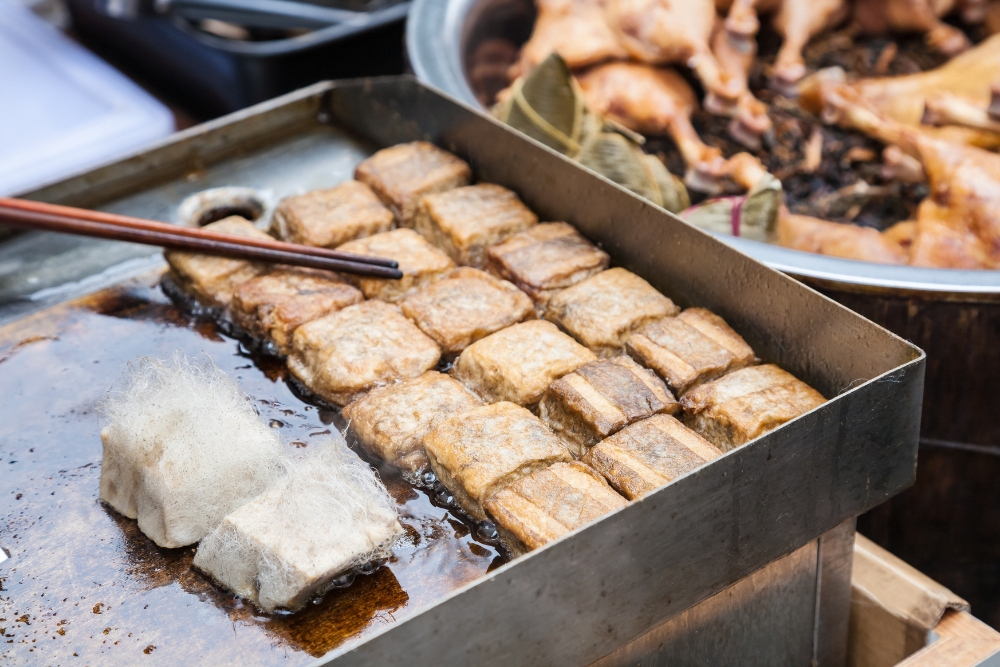
Anhui cuisine has its roots in Huizhou, a culturally prominent region at the foot of Huangshan in Anhui province. It is known for its emphasis on dish colour and heavy use of salt and oil.
Anhui cooking focuses on stewing, braising, and steaming. Different from Hunan cuisine, there are very few stir-fried Hui dishes. Furthermore, Anhui food has strict requirements on heating – the duration and extent of heating are adjusted based on the target taste and ingredients used.
As Huizhou is a mountainous area, wild herbs and wild game meat constitute the main ingredients of Anhui cuisine. Signature Hui dishes include stewed soft-shelled turtle with ham, Huangshan stewed pigeon and steamed partridge.
Some of the Anhui dishes are famous for their stinky smell yet delicious taste. Examples are “smelly mandarin fish” and “hairy tofu” (fermented tofu).
Like Zhejiang cuisine, there are currently no restaurants in Singapore that specialise in Hui cuisine.
8. Fujian (Min/Hokkien) Cuisine
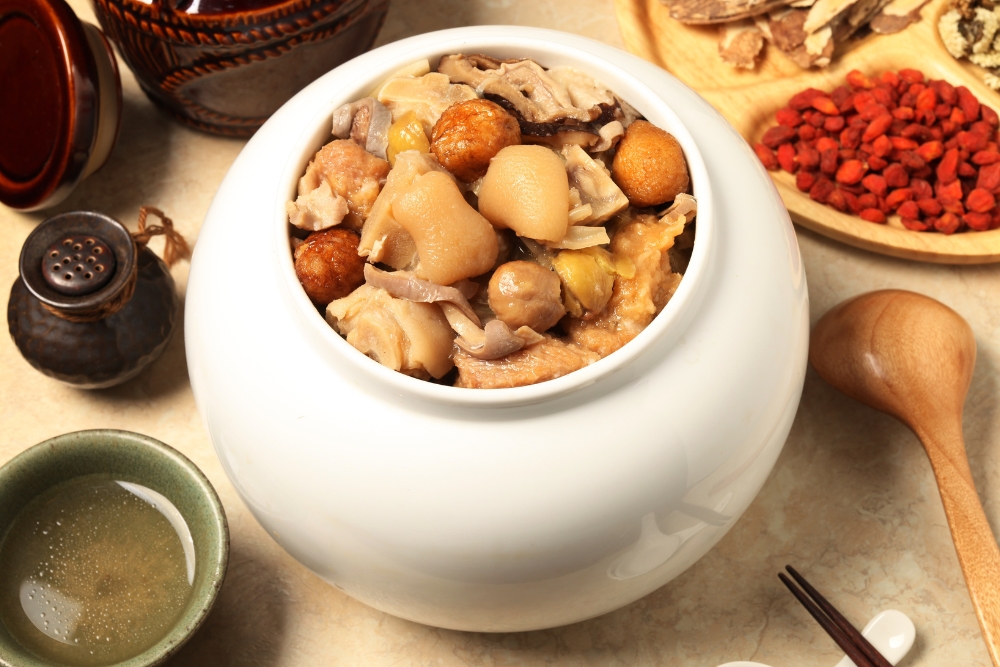
Is Fujian cuisine just Hokkien mee, bak kut teh and Putien?
Fujian food is more than just these. Originating from the southeastern coastal province of Fujian, it encompasses familiar Singapore favourites like Fuzhou, Putian/Henghua, and Hokkien cuisines.
Fujian cuisine is known for expensive ingredients and the fragrance of dishes. Similar to Shandong cuisine and Cantonese cuisine, its cooking focuses on soup-making, which Chinese people describe as “one soup with ten variations” (“yi tang shi bian”/一汤十变) which refers refers to the wide variety of soup-making in Fujian cuisine.
One famous signature Fujian dish is Buddha Jumps Over the Wall. Its unique name suggests that this dish is so delectable that even Buddha would give up his faith for a taste. With a complicated cooking process and luxurious and nutritious ingredients such as abalone and deer sinews, it often needs to be pre-ordered before meals in Chinese restaurants.
Other signature Fujian dishes include oyster omelette, red wine chicken, and clams in chicken soup. Explore more at Fu Lai Lai, Beng Hiang or Min Xiao Min.
9. Other Regional Cuisines
Aside from the eight major regional cuisines, other regions of China offer their own specialities that contribute to China’s rich gastronomic diversity.
Examples of this diversity of Chinese food are “crossing-the-bridge” rice noodles from Yunnan province, Lanzhou hand-pulled beef noodles from Gansu province, “big plate chicken” from Xinjiang, and “pancake rolled with crisp fritter” (“jian bing guo zi”/煎饼馃子) from Tianjin municipality.
If you are a fan of spicy food and want to try something other than Chuan cuisine and Xiang cuisine, look for restaurants that specialise in food from Jiangxi province or Guizhou province.
